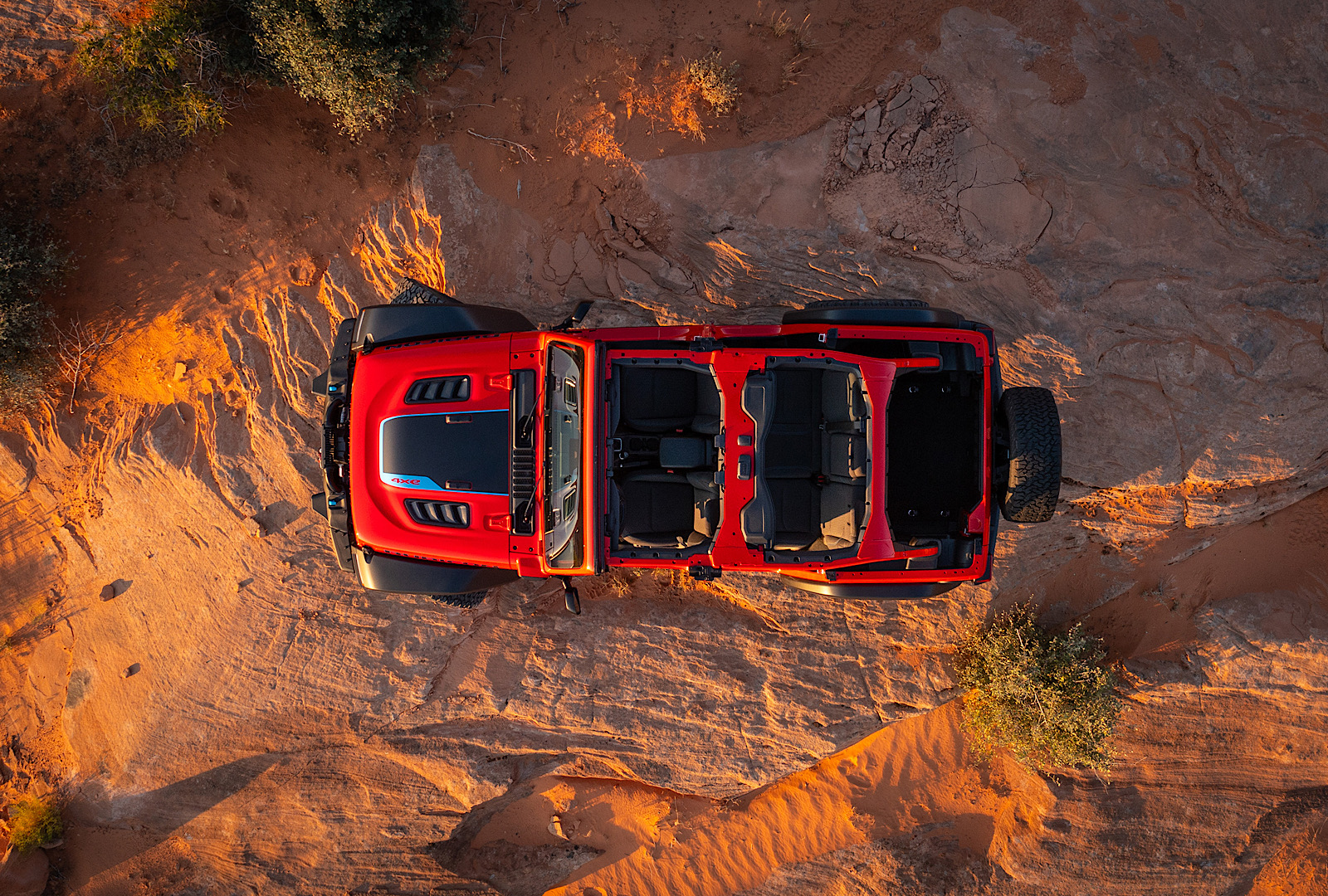The industry’s top executives agree. Customization is the next hot thing in electric vehicles. On stage during the Detroit Concours d’Elegance, as part of sponsored panel discussions led by Newsweek, the executives detailed their companies’ roles in the industry’s evolution.
Brembo’s North America president and Chief Executive Officer Stephane Rolland was joined on stage in front of the Detroit Institute of Arts by SEMA’s vice president of marketing R.J. de Vera and Marco Arienta, global vice president of the customer group at Webasto Group.
Newsweek: How is your business adapting to demands by suppliers as body shapes, powertrains and sustainability requirements change?
Arienta: “The market is changing. You’ll see some brands and suppliers reinventing themselves in order to feed the new environment, especially in North America. One thing we’re noticing with electric cars is the impact of the having the battery in the floor.
“We also see some very cool trends here that we’re not seeing in Europe or China. The Wrangler was the one who started with the removable top and now Bronco has been extremely successful at it too. And now there are others. So the market is changing, going in a different direction not just in terms of powertrain but also our use of the vehicle.
Rolland: “We spend our time looking at the mega trends and try to anticipate and adapt to what the OEMs will be asking us. We’re really seeing three things that have been here for a while but are accelerating. They are safe, sustainable and connected and digital. So today we’re providing high performance fixed and limited calibers with reduced weight and drag, which in turn provides more range.
“We’re using AI and mechatronics in conjunction with more traditional components.
“With technology, we can remove hydraulics and some of the traditional components like antilock braking or electronic skid control. We give our customers the opportunity to have more freedom to design the car because we removed all those things.
“On safety and sustainability, I’ve talked about extending age and talked about reducing all the brake fluid, which also contributes to drag. We also reduced all non-exhaust emissions. We have a specific disc and pad combination because suddenly the brakes are rarely used and therefore the subject of corrosion. So we have packages specifically designed for that.”
de Vera: “The aftermarket really embraced electrification as a way of hot-rodding and there are more and more EV conversions happening in the market. There’s a section of the SEMA show called SEMA Electrified. And the interest in it just grows and grows exponentially every year.
“There’s a waitlist that we’ve seen from certain EV converters that are three, four, five years for people to convert their cars from whatever gas engine package they have to the electric platform.
“And a lot of that started with people getting a salvage Tesla and pulling batteries and motor out of there and then installing them to a new vehicle. But now people are starting to develop their own battery packs and their own engines and then couple them together. So it’s a big segment in the aftermarket and it continues to grow along with some other future propulsion technologies.
Newsweek: What are you seeing in terms of styling that you are going to consider as you also push forward faster?
Arienta: “More than pushing for a certain style, we’re trying to combine the need for style with some other need. And we’re passionate about performance so light weight is an important part. As I said before now that the battery is in the bottom the floor must be raised, so there is less room, so you need to recover that space in the roof.
Newsweek: We’re seeing more limit pushing performance from automakers, even though we’re talking about EVs, what does that change for your team?
Rolland: “It doesn’t change too much because the work we’re doing is always in demand of what’s coming up. It doesn’t matter if the vehicle is electric or not. You need better brakes, but at the same time you’re braking less, so you have to take into account this corrosion. So that’s probably one of the areas where we’re changing.
“In California we have an inspiration lab, where we’re basically setting the capabilities of the company in terms of software development, data science or AI. And in line with the company’s vision of taking energy in consideration, we take all of this and feed it back into our next system to make solutions that we’ll provide to the market.
Newsweek: How are you preparing the SEMA show and the messaging and working with aftermarket suppliers when talking about EVs?
de Vera: “For us it’s all about personalization and customization, regardless of the propulsion within the vehicle. We are advocating for a technologically neutral future. That includes EVs and high-performance synthetic fuels, hydrogen, all those things that are evolving right now. The aftermarket is always a reflection of what the OEMs are doing and so people end up modifying, customizing and personalizing whatever it is that they have.
“I think if you look at the generations of people that have hot rodded vehicles, and customized them, they started from the old electric cars and got to carbureted cars and fuel injected cars, now electrified propulsion. People find a way to personalize and love their vehicle because, for a lot of people, it’s an extension of themselves.”

